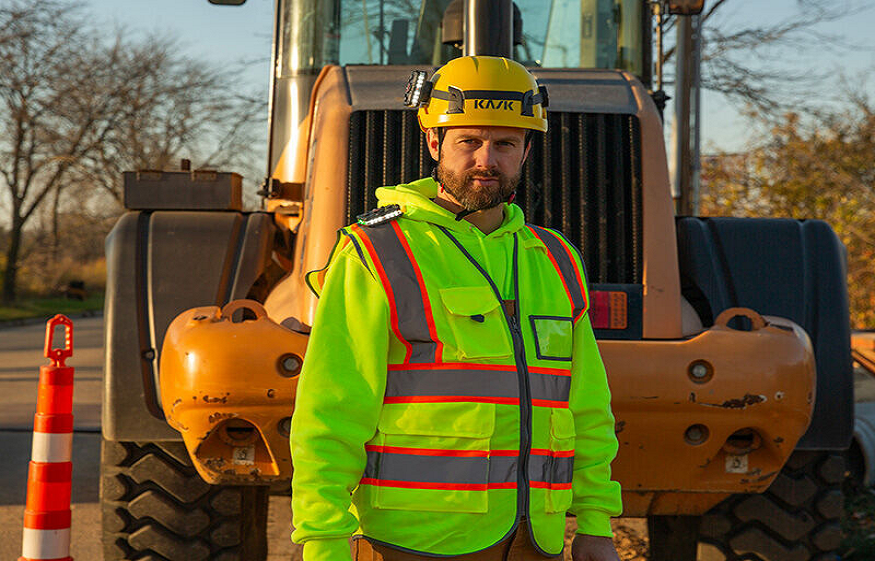On the site of buildings, construction lights are essential to ensure safety and increase productivity. The proper type of lighting becomes crucial when projects take place in locations that are sometimes hazardous. This article aims to explain several aspects of construction lighting, from fundamental knowledge to cutting-edge technology influencing the future.
Learning the Key Concepts of Construction Lighting
A variety of lighting solutions created especially for both indoor and outdoor construction settings are referred to as construction lighting. By illuminating the spaces where work is done, these lights help employees see and complete their responsibilities more efficiently. In addition to being a matter of convenience, adequate illumination is essential for maintaining productivity and safety on building sites.
The Importance of Sufficient Lighting on Building Sites
On a building site, poor illumination may culminate in many problems, such as a higher chance of accidents and less productivity. An effective workforce depends on workers being able to navigate the site safely, avoid errors, and be less likely to get hurt. The need for adequate lighting for worker protection is further highlighted by the Occupational Safety and Health Administration (OSHA), which stresses the need for it to adhere to safety rules.
Additionally, good lighting improves the overall calibre of the task being done. Better inspection and finer detail work are made possible by clear visibility, which guarantees that jobs are finished to standard and reduces the need for expensive reworks.
This is especially crucial during critical construction periods where accuracy is important, like electrical installations or finishing work. Additionally, as a well-lit space is frequently seen as more inviting and conducive to productive work, it can raise spirits among workers.
Various Construction Light Types
Numerous kinds of construction lights are appropriate for different uses. Typical varieties include:
1.LED Work Lights
These are low-energy consumption devices that offer a high degree of brightness. They are a popular choice for construction sites because of their extended lifespan and ability to tolerate harsh conditions.
2. High-Intensity Discharge (HID) Lights
These lights are ideal for large building sites because they provide great illumination for huge areas. They perform especially well at night since they give off a daylight-like brightness that makes it easier for employees to stay focused.
3. Fluorescent Lights
These lights are reasonably priced, offer good light quality, and are typically utilised in confined spaces. They are often used to ensure that administrative duties can be completed efficiently in temporary buildings like trailers or site offices.
4. Halogen Lights
These lights are commonly used to highlight particular work areas because of their strong, white light. They are perfect for jobs requiring high visibility, such as welding or intricate assembly work, because of their capacity to generate a concentrated beam.
Selecting the right type of light is contingent upon the particular requirements of the building site and the activities being carried out. The best lighting solution depends on a number of factors, including the project’s duration, the type of work being done, and the area’s size. Additionally, technological developments have produced remotely adjustable smart lighting systems that offer flexibility and efficiency in controlling the illumination of building sites.
Exploring the Characteristics of Construction Lighting
Understanding the features of construction lighting facilitates decision-making that complies with efficiency and safety requirements on a job site. Energy’s financial benefits, brightness, and durability are some important factors to take into consideration.
Durability and Robustness
Construction sites are frequently harsh settings with lots of moisture, dust, and other elements that can harm lighting fixtures.
Brightness and Light Output
Lumens, which measure the quantity of light generated, is used to measure how brilliant construction lights are.

